How to Transition to a Vegan Diet

Becoming a vegan is a full lifestyle change that’s more than just about diet. It’s about living healthier, prioritizing nutritious eating, and supporting non-meat producers worldwide. It can also be challenging for beginners, particularly if you don’t know where to look for good-quality vegan meals.
Fortunately, the whole world is moving towards a vegan-first world, and opportunities exist everywhere to choose vegan options. Here is how to transition to a vegan diet.
Make one change to your diet at a time
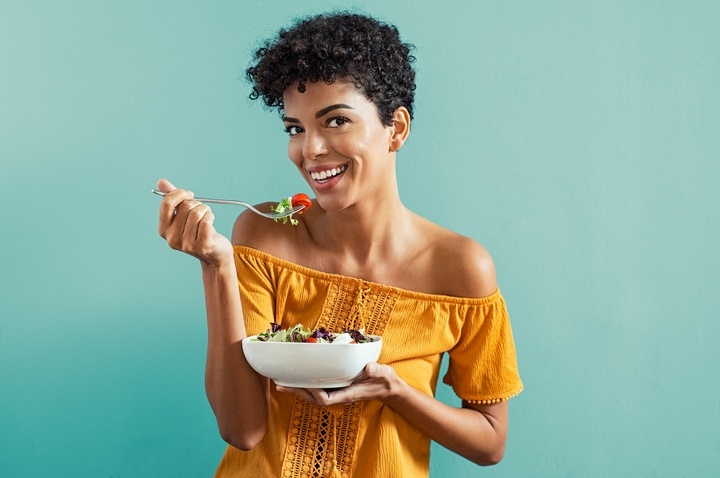
Many people try two, three, four, five, or more to go vegan before achieving the transition. To take some of the pressure off, making this big, big change to your life is a lot easier if you make one change at a time. You are adding more meals and vegan alternatives one at a time every few days.
Add foods to your diet before you subtract

Start by adding vegan foods into your diet before subtracting anything. Whole grains. Beans. Legumes. Nuts and seeds. Tofu. This will allow you to familiarize yourself with recipes and preparation methods that work for you. When you finally do make the transition, you’ll be done with the real experimenting and will be ready to act.
Learn about vegan nutrition

You’re more likely to successfully transition to being a vegan if you have an important reason. It could be to lose weight, live healthier, lower inflammation, stop contributing to environmental issues tied to livestock, stop relying on animal products, or something else. Research a little bit into the benefits of veganism and reinforce your ‘why’.
When you’re cutting out non-vegan foods, it takes research into eating vegan properly gaining the nutrients your body needs to function. Why some vegan diets fail is because of an inability to eat right. It can take some time to replace non-vegan foods with vegan alternatives, but it’s well worth it in the long term, and your nutrient profile doesn’t have to be affected.
Avoid overly processed foods

You can be vegan and be very unhealthy and eat junk food. It happens. While you’re learning about vitamins and minerals, you also want to eat as many whole foods as possible. A meal delivery service can help with this if you’re unsure how to season or cook many vegan meals. Having a food processor to grind down and mix different ingredients can also assist tremendously in making vegan recipes.
Start vegetarian, then go vegan
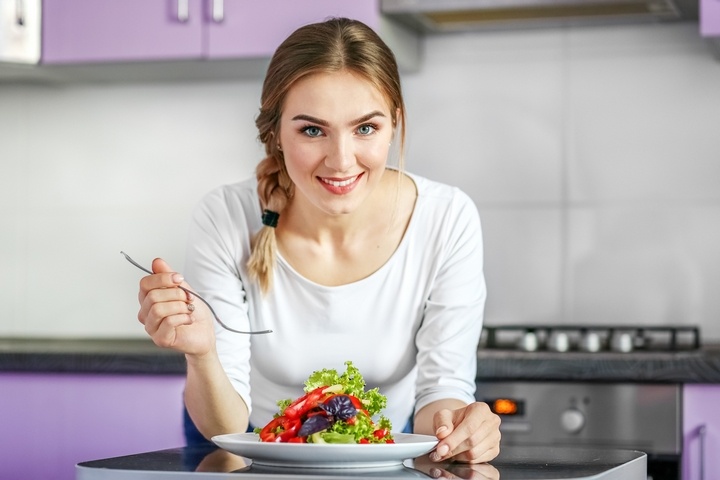
A lot of peoples’ journey to veganism starts with being a vegetarian. With vegetarianism, you continue to eat dairy and eggs but no meat. Eggs can be a very healthy source of non-meat protein, and they help a lot of people transition away from eating meat. For a lifestyle change to last, it’s much more likely to take baby steps.
Be sure to budget ahead of time

Along with learning about vegan nutrition, vegan budgeting is also important. Things like Impossible Meat and Beyond Burger are extremely expensive compared to on-sale vegetables, bags of beans and chickpeas, rice, on-sale pasta, and the like. Though you want a mix of things, you don’t want to go over-budget and give you another reason to quit the transition.
Understand what you can’t eat
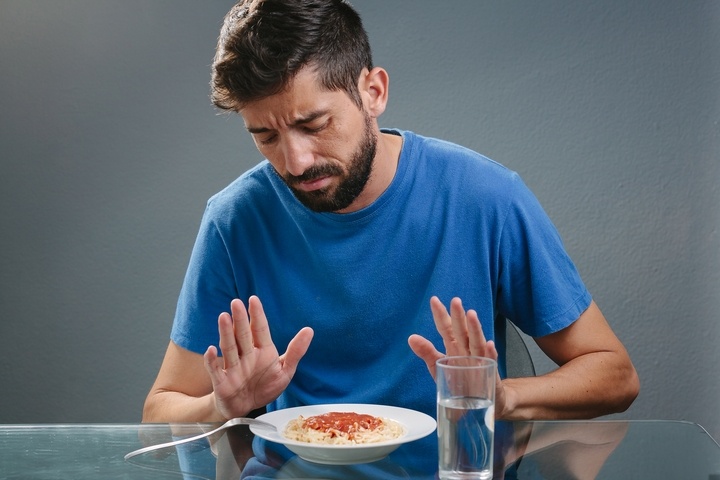
You may be surprised to learn what animal-derived products can get into a food’s ingredients list. Learn what you’re looking for and what to avoid. Whatever you have to exclude that you would normally really enjoy eating, find a tasty vegan alternative to try. These days, alternatives exist everywhere. It’s easier than ever to eat vegan.
Research vegan foods
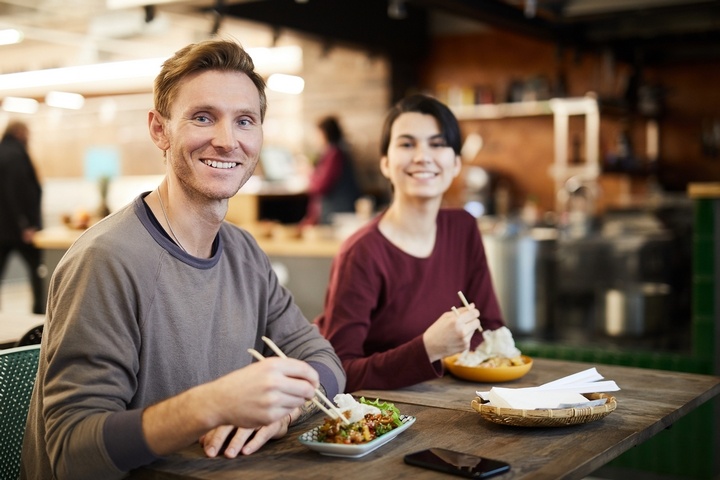
Going vegan can be fun. It’s an opportunity to try new foods from your local grocery store and visit vegan or vegetarian restaurants in your neighbourhood. You may not enjoy everything you taste, but you’ll certainly find some favourites out there. With that, you’ll continue reprogramming yourself to eat vegan and avoid non-vegan foods both in restaurants and grocery stores.
Veganize old recipes and favourite meals

Another interesting aspect of transitioning to a vegan diet is veganizing old meals. There are vegan burgers, vegan pasta, vegan meatloaves, and all sorts of recipes you can adapt to favourites you might have been eating for decades. Switching out meat for plant-based alternatives is not always easy, but it is a lot of the time. You might be pleasantly surprised by everything you can do to veganize old recipes and make new meals.
Prepare your meals beforehand
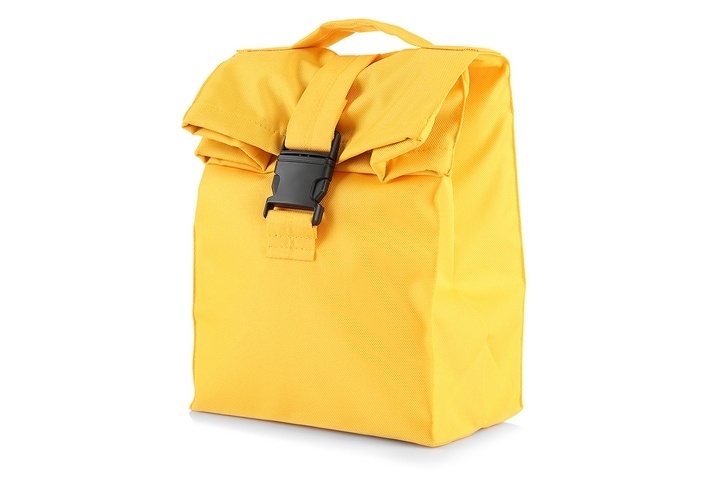
Prepare yourself for success with transitioning to a vegan diet by preparing meals and engaging in food prep. This is where a vegan food delivery service can be very beneficial. Assembled meals you can cook in minutes make the transition a lot easier. You can also prepare lots at home beforehand, cooking up your favourite vegan recipes and portioning them out for the week ahead.



















